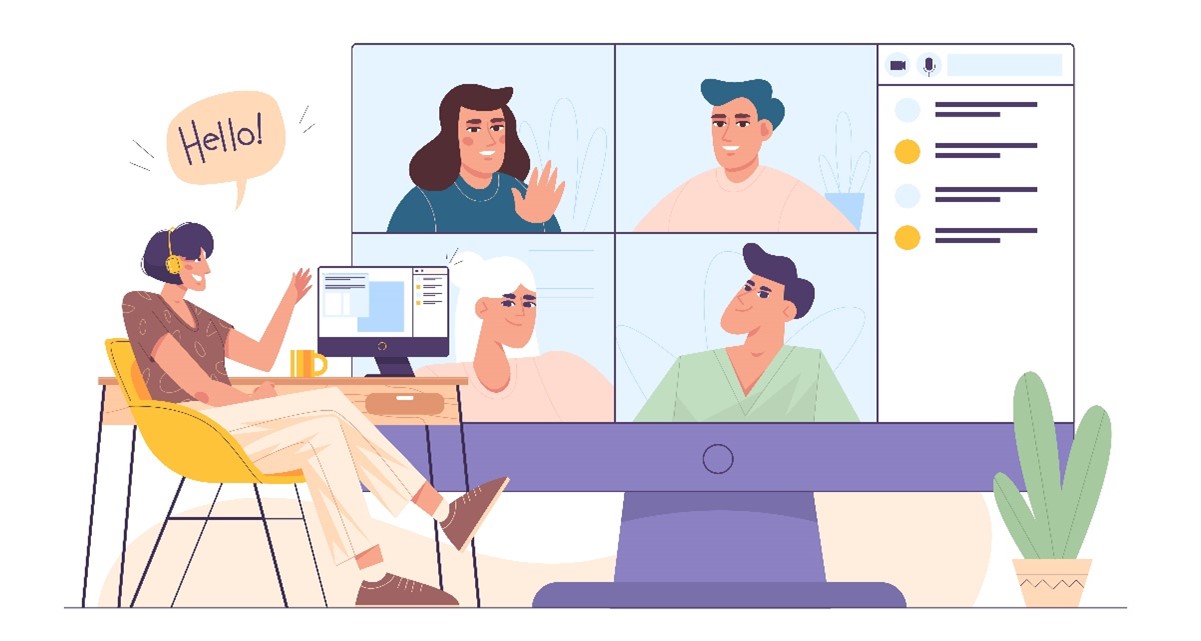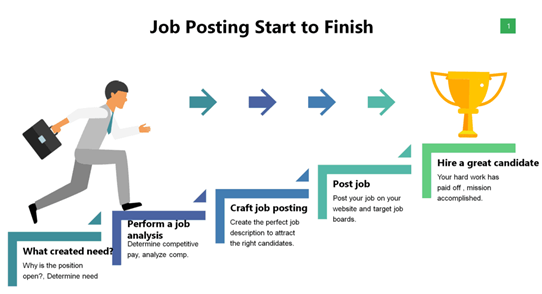The State of America's Direct Support Workforce Crisis 2024
New report sheds light on persistent problems facing community providers due to ongoing recruitment and retention challenges
Browse the Data
Connections - 09.29.22
Practical Tips for Better Recruiting & Hiring

Share this page
Stay Informed on the Latest Research & Analysis from ANCOR
More News
Capitol Correspondence - 01.07.25
President Biden Signs ANCOR Supported Think Differently Database Act into Law

Industry Insights - 12.19.24
Industry Insights: December 2024

Capitol Correspondence - 12.10.24
House Leadership Urged to Bring Direct Support Professionals Bill to Vote



